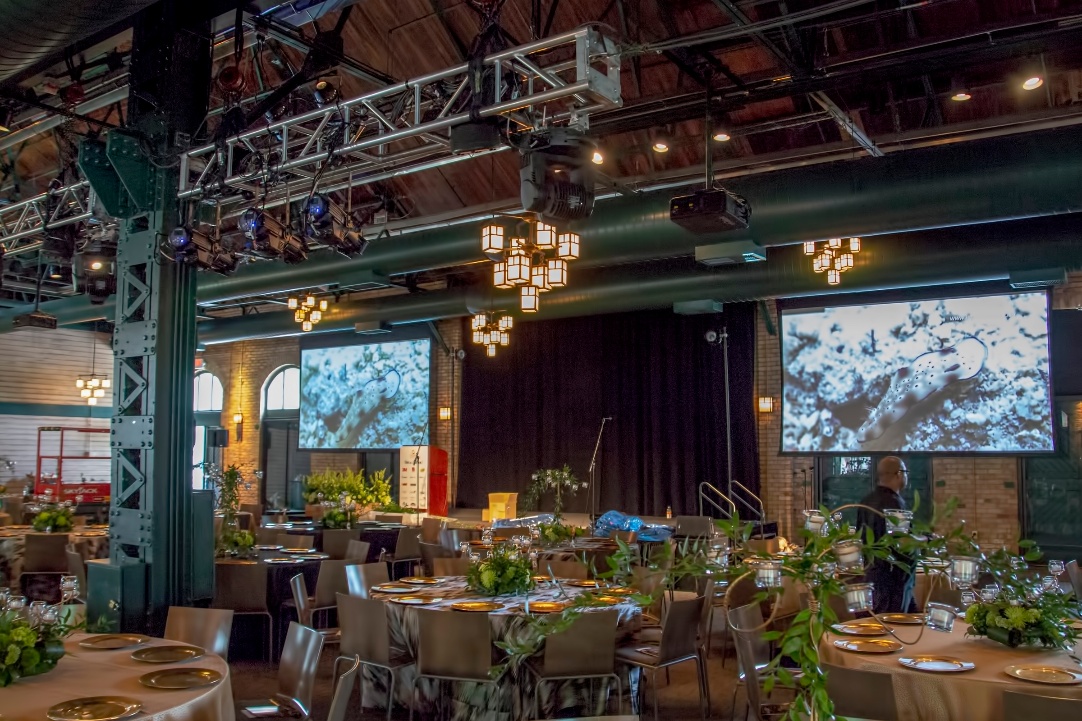June 25, 2019
How to Make the Most of Your Small Event Budget
 Every event planner dreams of having an unlimited budget. The truth is, though, you can’t have everything, no matter what. And budget limitations are a fact of life. Rather than lamenting them, we must learn to squeeze the most impact and value from every dollar, no matter how many or how few we have.
Every event planner dreams of having an unlimited budget. The truth is, though, you can’t have everything, no matter what. And budget limitations are a fact of life. Rather than lamenting them, we must learn to squeeze the most impact and value from every dollar, no matter how many or how few we have.
What happens when you have a certain amount of money to plan your event, but you’re not sure how to create a memorable experience without breaking that budget. No worries, we’ve been there, and we know how to help you prioritize. We’ve worked with a lot of different budgets and know just how to get the most bang for your buck when it comes to AV. Here’s our advice from the inside.
You’ll know if your pre-set budget is too low when ..
- It doesn’t cover all of the hard costs that you cannot work around. Labor is #1 here, especially union labor costs. It will take at least X number of people to work your job, even at a small event. The minimum number of folks needed for setup and to run the event represent a labor cost you cannot reduce. You can, however, keep from over-inflating it by scheduling unnecessarily long hours, weekend/evening work, etc.
- It won’t cover the cost of critical equipment. If you simply must have two large monitors, for example, there’s a fixed cost associated with that. If your pre-set budget can’t handle those costs, you’ll have problems before you even get started.
In other words, even for a small event, there can be a too-small budget. Hmmmm. Good thing you’re working with a clever and experienced AV team because they can help you resolve your budget conundrum. It’s time to get creative.
What is your event goal?
What do you want or expect from your event? What’s the message you want to deliver to your audience? There is always a point you want to get across, and that should be your #1 priority. Maybe you envisioned a cool LED wall – but maybe you don’t really need one to accomplish your goal.
How do you want your audience to feel? Presenters can get that across, with their personalities, their storytelling style, etc. You might also establish an atmosphere that attendees can literally feel, using a particular color and prominent branding that flow through the event. These are key points you should discuss with your AV team – how can you creatively address these needs without overreaching your budget?
Here are three real-life examples with very different decisions:
- Perhaps you don’t really need that large projector or screen you envisioned. Two smaller screens might work just fine. Then you could redirect the money saved to more impactful lighting that addresses your need for specific color and branding. Moving things around can allow you to do more without spending more.
- Or, say that big screen you envisioned really is critical. Your event is informational in nature, and the screen is the focal point for attendees. Make presentation essentials your budget priority – the screen, superior audio quality, etc. – and simplify your lighting.
- Here’s another example. You envisioned really cool décor – decals on the floor, or a big scenic backdrop. We might suggest using gobos instead, to project your logo or other images on the walls or floor. That will still surround attendees with the look and feel of your brand, so you get the effect you want for less money.
What if you’re having live music?
There are things you cannot skimp on in this situation. Aside from audio quality, you simply must have some lighting to make the room feel alive in a way that complements the music. One surprising solution we still love is the disco ball. Seriously. It’s the oldest example of a lighting effect, but it still works its magic when it comes to augmenting music with light and movement. Even a huge disco ball is simple and affordable to set up.
Don’t automatically discount lighting
When budgets are small, lighting is often the first casualty. But don’t assume the worst, we can produce certain scenics relatively inexpensively. Think sparkly draping that uses twinkly LED lights. Or “bubble drape” that is easy to create and adds far more visual interest than plain old curtains. You get more bang for your buck.
Consider event timing
Day of week and time of day affect labor costs. So does rehearsal time. If you can control these things, you can minimize expense. However, omitting rehearsal time is a no-go. There is no potential “savings” in that, no matter how small or seemingly simple your event, because you’re setting yourself up for mistakes or other problems. The fewer surprises, the more flawless your event will be.
Focus your budget where you want the most WOW
With limited funds, you can’t create WOW everywhere. So put your money where it will achieve your key goal(s) and produce a maximum, memorable experience for your attendees. The most effective way to do that is to team up with an experienced, creative AV partner who will listen first, then apply their knowledge and experience to make your small event a big success.




